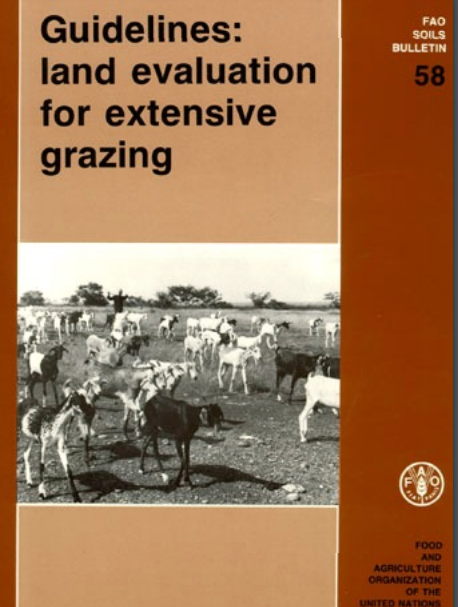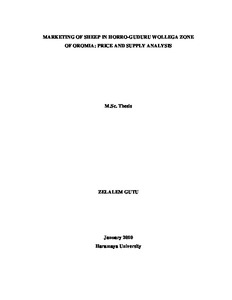Sitting at the table: securing benefits for pastoral women from land tenure reform in Ethiopia
The pastoral areas of Ethiopia are witnessing radical change in terms of both increasingly restricted mobility and access to vital resources. A cause and consequence of such constraints has been a move toward sedentarised forms of livestock and agricultural production.











